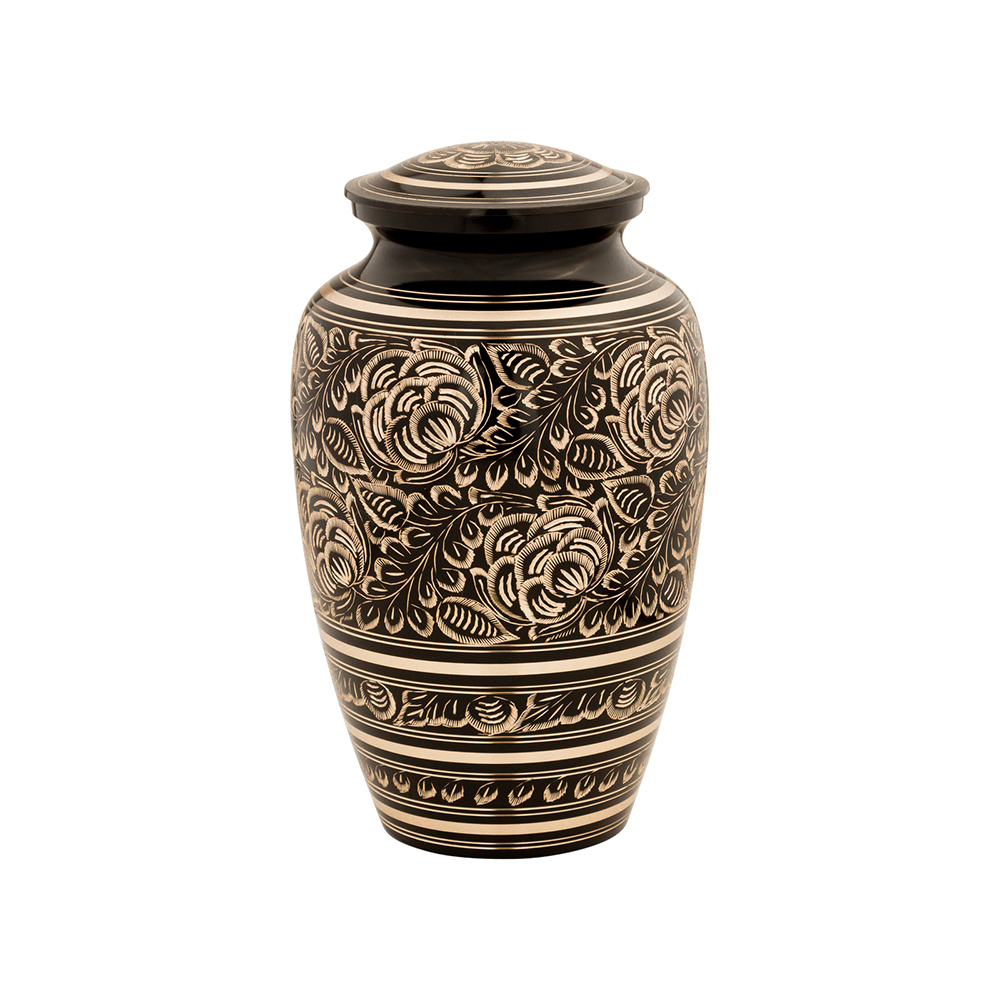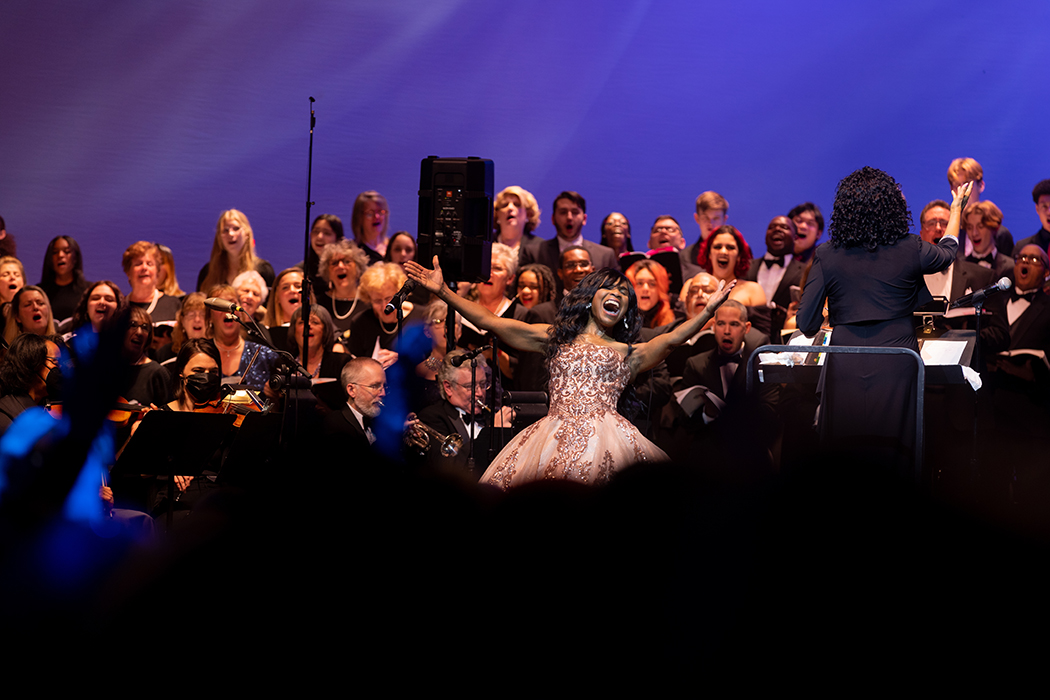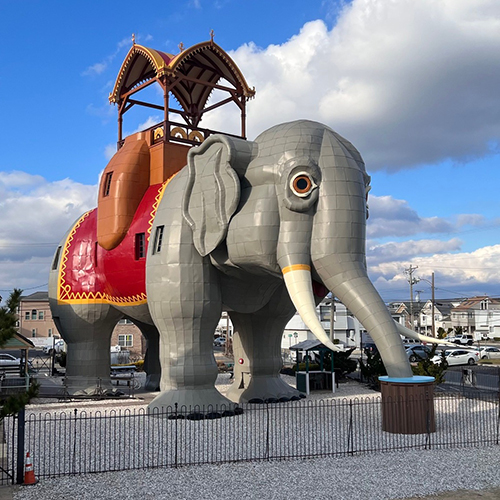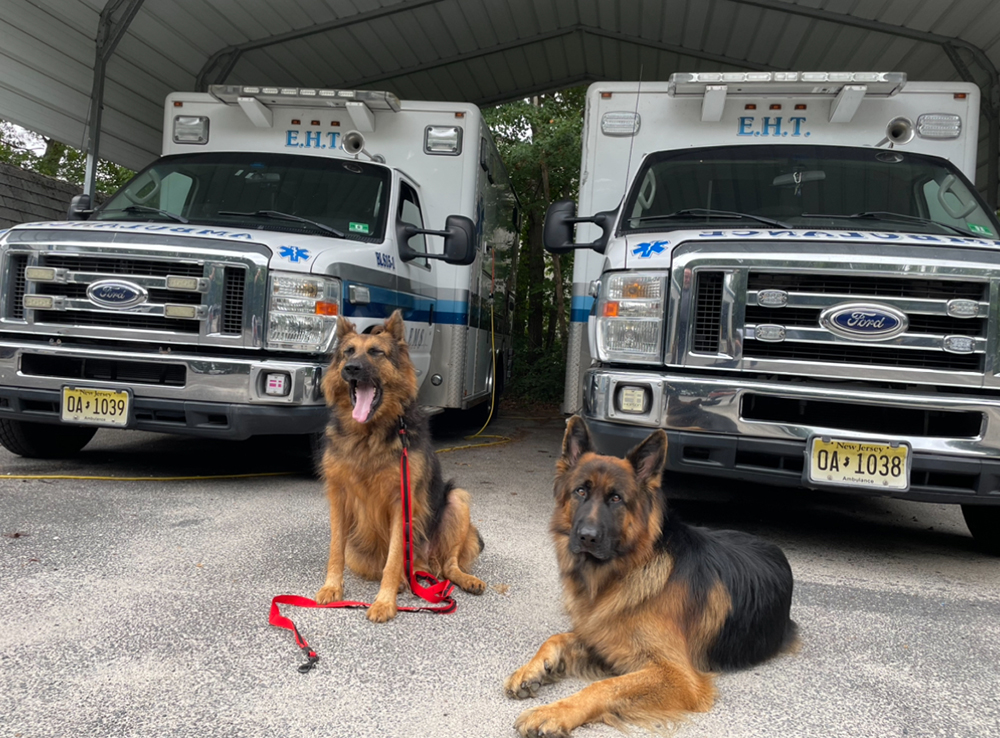By Andrew Hoffman
The first in the U.S. crematory was based on the same unit shown at the Vienna Exposition in Europe by Brian DePalm.
When a business developer went to a local cemetery and proposed a venture to build his crematory on their land they turned him away in disgust. A New York Times reporter who witnessed the a cremation was horrified writing “If DePalm could have foreshadowed the startling scenes his poor bones would have gone through he would have thought twice before he jumped into the fire”. Anti-cremationists made the argument that cremation would encourage crime because you could not exhume a cremated body, as well as dismissed the public health claims that ground burial encouraged the spread of epidemics (of which there is no evidence). Of course, there were the religious leaders that dismissed cremation as a pagan ritual and denied the resurrection to come. These debates raged through the American newspapers for decades. In 1884 the first public crematory opened up in Lancaster, PA and as was true of many early crematories, it was owned and operated by a cremation society called the Lancaster Cremation and Funeral Reform Society. By 1900, 20 more crematories had opened in cities such as Cincinnati, Buffalo, New York, Pittsburgh, Detroit, and Los Angeles. In 1913 Dr. Hugo Erichsen founded the Cremation Association of America and by then there were 52 crematories operating in the United States performing over 10,000 cremations a year.
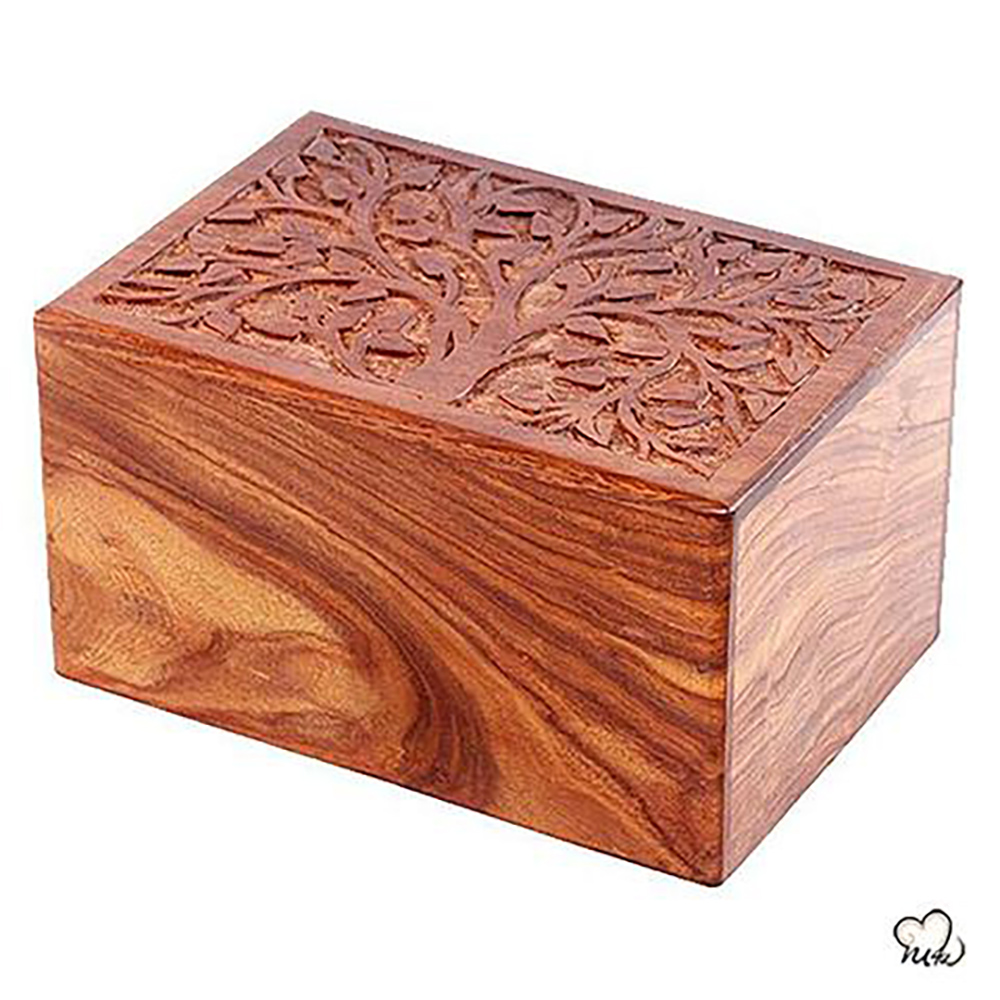
By the early 20th century the sensationalism of the cremation process was calming down and cremation as a form of disposition was winning over people. By 1975 cremation in the United States totaled 6.55% of the deaths in this country and as of 2020 that percentage has risen to 56.2%.
So now you have a brief history of cremation and now let’s discuss the different types of cremation. Currently in the funeral industry there are three main types of cremation. There is Full-Service Cremation, Cremation Memorial Service and Direct Cremation. Obviously, there are differences between these forms of cremation but the act of burning the human remains to ash is the end result of each of them.
Full-service cremation is really very much like a traditional burial service with one major difference, instead of turning right to go to the cemetery you turn left to go to the crematory. With a full service cremation you can still have a viewing with the body being embalmed, or not embalmed if that is the family’s preference, you can still have a funeral service at the church, funeral home or any other venue and have a luncheon after the service. But as mentioned above instead of going to the cemetery to bury the body after the funeral is finished the deceased is taken to the crematory to be cremated. The deceased in question will either be in a rental cremation casket or what is called a single use cremation casket. The rental casket basically has an interior the slides out with the deceased inside and the interior case goes into the crematory to be cremated. The single use cremation caskets are caskets specifically designed for cremation and they hold the deceased as he/she is cremated. Following the cremation, the ashes are then place in the urn that the family has selected. The urn is then given back to the family to keep, buried, place in a columbarium nitch or scattered.
Andrew B. Hoffman is a funeral director at Jeffries and Keates and Keates-Plum Funeral Homes. He is a twenty-two year veteran of the funeral industry.

